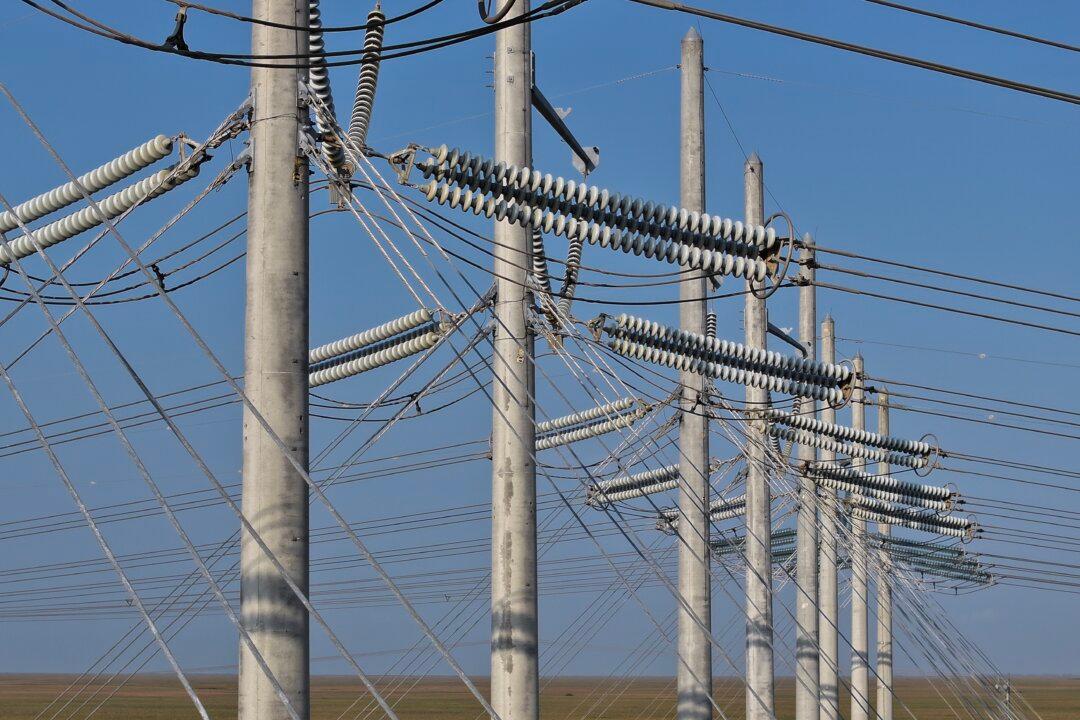People living outside of the more populated areas of Australia will have face-to-face banking services continue for the next two years under an agreement just reached between the banks and the federal government.
Between 2017 and 2024, the number of bank branches nationwide fell by over 2,300, or 41 percent. But for people living in areas of Australia classified as “remote” or “very remote,” the withdrawal of banking services hits doubly hard since there were so few to begin with.
In the same period, the number of remote area banking sites declined from 148 to just 91, while the number of bank branches in very remote areas, which encompasses almost all of the continent’s centre, went from 75 to just 39.
The new moratorium prevents further branch closures until the end of July 2027.

Treasurer Jim Chalmers said among the “Big Four,” the National Australia Bank has accepted a new agreement not to close regional branches, and the Commonwealth Bank and Westpac extended previous arrangements.
A moratorium was already in place at ANZ, following its takeover of Suncorp in July last year.

“If we want a strong national economy, then regional Australia needs to be a big part of the story,” Chalmers told reporters on Feb. 11. “And that means making sure that banking services are available to the businesses and workers and people and communities of regional Australia.
“We also want to make sure that there are still face-to-face services for people who need them in the bush and people for whom digital alternatives may not necessarily work.”
Commonwealth Bank, Westpac and NAB provide banking services through a service at Australia Post outlets, called Bank@Post, and ANZ has now agreed to also join the scheme while Macquarie Bank and HSBC are negotiating to do so.
“There is more work to do to secure the best version of banking services for people in regional Australia, but these two announcements are very big, very substantial, very important announcements in their own right,” said Chalmers.

Despite branch interactions falling by 50 percent in recent years, the Australian Banking Association’s Chief Executive Anna Bligh said the industry was committed to regional areas.
“While Australians continue to shift to digital banking and payment platforms, banks recognise some customers still prefer face-to-face services,” she said.
“This is a major commitment to make sure regional customers can continue to visit a branch and access services if they wish to do so.”
Bank branches are costly to maintain.
In addition to rent, wages, and security costs, moving cash around across vast distances is expensive—often prohibitively so for the more remote parts of the country.
But closing remote and rural bank branches can have significant social and economic impacts on the communities that rely on them. Of particular concern are vulnerable groups who may lack reliable transportation options or adequate internet access.
Losing a local banking presence can also seriously impact small businesses. Some are highly dependent on cash and need access to manage their cash float, which is used to provide change and cover minor expenses.






